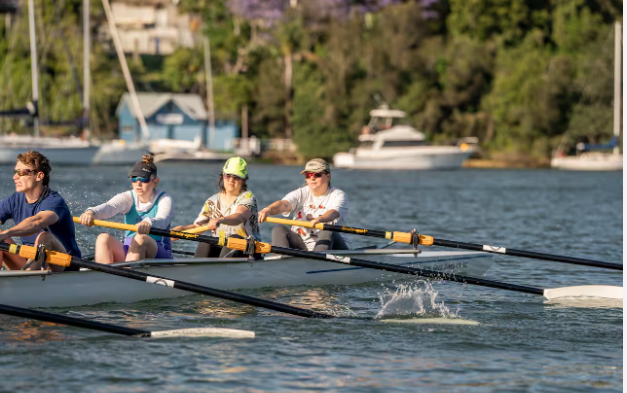Rowing, as a sport, has been around since ancient times. Moreover, rowing has been practised since early man learned to transport himself over water using the basic principles of a lever. However, while the sport of rowing has maintained much of its basic execution and conventions, a number of advancements have certainly been seen in the activity. As Peter A Derow points out, many new-age technologies are used by modern rowers to improve their performance.
Peter A Derow sheds light on diverse types of technologies used in rowing today
Today there are a number of ways available to measure and record what is going on in a boat. With the use of GPS and a gyroscope, coaches nowadays are able to efficiently record the speed of a boat, its acceleration, stroke data, pitch/yaw, and much more. Certain tools record data in real-time by measuring the shape of the force exerted by the oar with each stroke taken.
Biomechanics especially plays an important role in improving rowing techniques today. High-speed cameras and motion capture systems are widely used today for analyzing the movements of rowers with precision. Coaches may effectively study strokes, body positioning and force application, which can help identify weaknesses and areas for improvement. Rowing simulators that are equipped with sensors and 3D modelling software allow athletes to practice in a controlled environment and receive -time feedback on their technique. Wearable motion sensors like accelerometers and gyroscopes are readily available today. These sensors may provide data on stroke rate, force distribution, and power output, and allow rowers to refine their form and prevent injuries.
Communicating to those outside of the boat has also become a lot easier with new-age technologies. Even though coaching advice given in real-time from a launch is the standard, video allows for further improvements. Coaches today can tape and rewatch footage with the help of GoPros, drones, and apps that allow for clear, close up, distributable recordings, even when a boat is sent out. For years, cloud-based data analytics and sharing have been used by cyclists and triathletes, and these technologies are finally making their way to rowing. Information can be recorded and shared easily between coaches and athletes through easily-accessible apps.
Rowing is a physically demanding sport. It places a considerable strain on the joints and muscles of the rowers. However, with the evolution in technology, innovative methods have come up for injury prevention and recovery in rowing. Pressure-sensitive foot stretchers and force plates, for instance, provide data on foot pressure distribution and help in making sure that the rowers maintain proper alignment and avoid overuse injuries. Moreover, physiological monitoring tools like electromyography (EMG) sensors significantly help athletes in identifying imbalances and weaknesses. Many rowers today benefit from cryotherapy chambers, compression therapy, and smart recovery wearables that help with muscle recovery and reduce the risk of injury
In the opinion of Peter A Derow, the growing and evolving technologies provide immense assistance to rowers, coxswains, and coaches. Even though the heart and soul of rowing shall not change, the ones involved in the sport use technology to continue to push the boundaries of what a rower can do.
